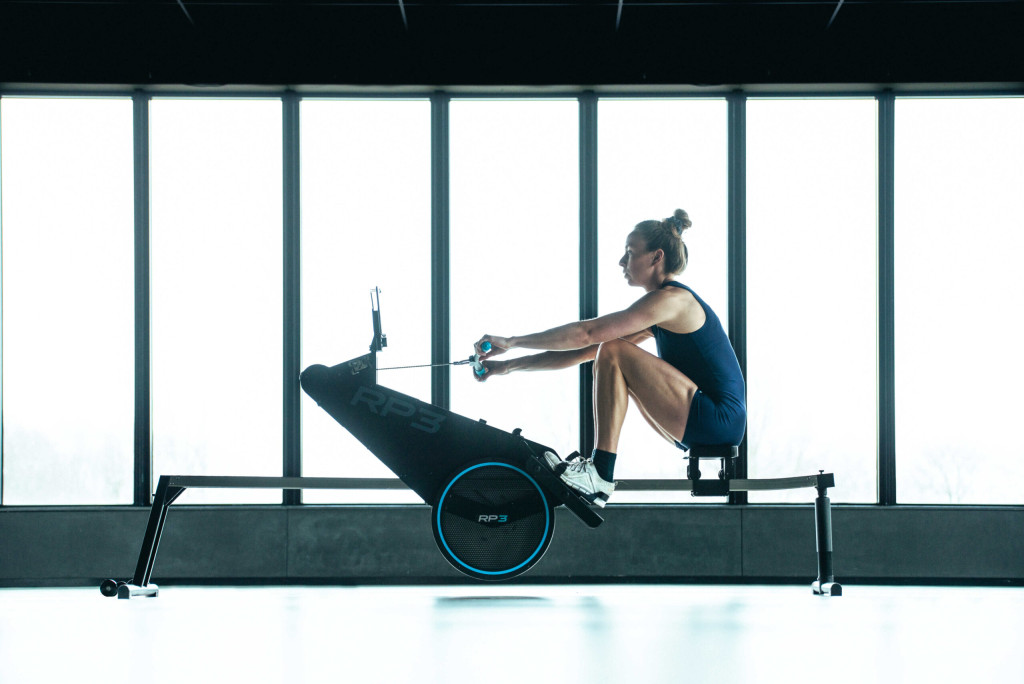Best low-impact cardio options for home
Discover 5 effective low-impact cardio options for home workouts that protect your joints while boosting fitness. Transform your health journey with these sustainable exercises for
Finding the right space for your rowing machine is essential for a comfortable workout experience. Most standard rowing machines require a footprint of approximately 8 feet by 2 feet when in use. For comfortable operation, allow at least 1-2 feet of additional clearance on all sides for easy access and ventilation.
Ceiling height is another important consideration, especially if you’ll place the machine in a basement or room with lower ceilings. Generally, you’ll need about 20 inches plus your height to accommodate the full rowing motion without restriction.
If space is limited, consider foldable rowing machines that can be stored upright or under furniture when not in use. Many models feature wheels for easy relocation. For optimal workout experience, position your rowing machine in a well-ventilated area with access to entertainment options if desired, and away from direct sunlight that might damage electronic components.
For newcomers to rowing, understanding key features will help you make an informed purchase decision. The resistance type is perhaps the most important feature to consider. Air resistance provides a natural feel with increasing resistance as you row harder. Magnetic resistance offers quiet operation and consistent resistance levels. Water resistance creates a realistic rowing sound and feel, while hydraulic resistance is typically found in more compact, budget-friendly models.
The console display provides valuable feedback during your workouts. Look for clear, easy-to-read screens that track metrics like distance, time, strokes per minute, and calories burned. More advanced models may offer heart rate monitoring capabilities.
Comfort features are crucial for enjoyable workouts. Seek out machines with ergonomic seats, non-slip handlebars with comfortable grips, and adjustable footplates to accommodate different foot sizes. Dynamic rowing machines that move with you can provide a more realistic on-water experience while reducing strain on your lower back.
For beginners, prioritize durability, stability, ease of use, and basic performance tracking over advanced features you might not need immediately.
Rowing machines are remarkably versatile and can accommodate users across virtually all fitness levels. For beginners, rowing offers a controlled, low-impact workout that can be easily adjusted to match your current capabilities. The resistance can be set lower initially and gradually increased as strength and endurance improve.
Intermediate users can progress by varying workout intensity, duration, and incorporating interval training. Advanced athletes can use rowing machines for high-intensity workouts that challenge both cardiovascular endurance and muscular strength.
Rowing is particularly beneficial for those with joint concerns, as it provides a full-body workout without the impact stress of activities like running. However, individuals with specific back issues should consult healthcare providers before starting a rowing program.
For those with limited mobility or significant physical limitations, adaptive techniques and modified rowing machines are available. The key is starting with proper form and appropriate resistance levels, then progressing gradually as fitness improves.
Proper maintenance ensures your rowing machine remains functional and extends its lifespan. The specific maintenance needs depend largely on the type of resistance mechanism.
For all rowing machines, regular cleaning is essential. Wipe down the seat rail after each use to prevent dust buildup that could impede smooth sliding. Clean the entire machine weekly with a damp cloth, avoiding excess moisture near electronic components.
Water rowers require periodic water changes (every 6-12 months) and water purification tablets to prevent algae growth. Air resistance machines need occasional dusting of the flywheel housing. Magnetic resistance machines typically require the least maintenance.
Check for loose bolts and connections monthly, tightening as needed. Lubricate the chain or belt drive according to manufacturer specifications, typically every 3-6 months. Inspect seats, handles, and footplates regularly for signs of wear.
Following the specific maintenance schedule outlined in your owner’s manual will help prevent unexpected breakdowns and ensure optimal performance.
Rowing machines offer exceptional fitness benefits, engaging approximately 85% of your body’s muscles during each stroke. A typical rowing session can burn between 400-800 calories per hour, depending on intensity and body weight, making it highly effective for weight management goals.
The rowing stroke engages major muscle groups including quadriceps, hamstrings, glutes, core, back, and arms, providing both strength and cardiovascular benefits simultaneously. This combination makes rowing more time-efficient than many other forms of exercise that might focus primarily on either strength or cardio.
Compared to other home exercise equipment, rowing machines often provide more complete workouts than treadmills or exercise bikes, which primarily work the lower body. The low-impact nature of rowing also makes it suitable for consistent training with lower injury risk than high-impact activities.
For beginners, realistic expectations are important. Consistent rowing sessions 3-4 times weekly, combined with proper nutrition, can yield noticeable improvements in fitness within 4-6 weeks, with more substantial changes over 3-6 months of regular practice. Understanding the science of rowing can help you maximize these benefits.
Once your new rowing machine arrives, focus first on proper technique rather than intensity. Start with short sessions (10-15 minutes) at moderate resistance to learn the fundamental rowing stroke: legs, back, arms on the drive; arms, back, legs on the recovery.
For beginners, a simple routine might include 5 minutes of warm-up rowing at light resistance, followed by 10-15 minutes at moderate intensity, finishing with a 5-minute cool-down. As your comfort level increases, gradually extend workout duration and experiment with interval training.
Proper breathing techniques can enhance your rowing performance—try synchronizing your breathing with your strokes, inhaling during the recovery phase and exhaling during the drive.
Consider incorporating rowing into a balanced fitness program that includes flexibility training and some light resistance exercises for complementary muscle groups. At RP3 Rowing, we’ve designed our dynamic rowing machines to provide the most realistic on-water experience possible, helping users improve technique while reducing injury risk. With consistent practice and gradual progression, your rowing machine can become the cornerstone of a sustainable, lifelong fitness routine. If you’re interested in learning more about the benefits of rowing, reach out to our team of experts today.
Discover 5 effective low-impact cardio options for home workouts that protect your joints while boosting fitness. Transform your health journey with these sustainable exercises for
Discover 5 effective low-impact exercises that protect your back while maintaining fitness intensity. Learn proper form techniques to strengthen your spine without risking injury.
Discover 5 effective home workouts that build strength without stressing your joints. Learn fluid movement techniques for pain-free exercise that delivers results while protecting your
Discover effective low-impact fitness strategies that build strength and cardio health without damaging your joints. Learn sustainable workout techniques for long-term health and injury prevention.
Discover 5 effective full-body low-impact workouts perfect for beginners that protect your joints while building strength and fitness. Start your sustainable exercise journey today!
Discover how low-impact fitness creates sustainable health benefits without joint pain. Learn 5 full-body workouts that deliver results while preserving your body for decades of
Discover why low-impact workouts deliver powerful fitness results without joint damage. Learn 6 key benefits and find the perfect exercise for sustainable daily fitness that
Discover why low-impact training on recovery days accelerates muscle repair, prevents injuries, and boosts long-term fitness gains. Learn optimal activities and avoid common recovery mistakes.
Discover why rowing machines deliver a complete workout while protecting your joints. Engage 85% of your muscles with zero impact stress—perfect for fitness enthusiasts of
Discover effective low-impact exercises perfect for returning to fitness after breaks or injuries. Learn 5 joint-friendly workouts that rebuild strength while preventing setbacks on your
Discover 5 low-impact routines that challenge your entire body without stressing your joints. Build strength and burn calories while protecting your knees, hips, and spine.
Discover how rowing uniquely engages 85% of your muscles while enhancing flexibility in one efficient workout. Build strength and mobility simultaneously without stressing your joints.
Discover how consistent low-impact activity delivers powerful physical and mental benefits without joint stress. Build fitness, reduce stress, and improve mobility through sustainable daily movement
Discover why rowing machines offer the ultimate low-impact, full-body workout for home fitness. Get 85% muscle engagement with minimal joint stress—perfect for all ages and
Discover how low-impact exercise protects your joints while delivering powerful fitness results. Learn 5 joint-friendly workouts that maintain mobility and prevent pain as you age.
Discover how to build sustainable low-impact fitness habits that protect your joints while delivering exceptional results. Learn proven strategies for lifelong exercise consistency without pain.

We will send you a personal quote as soon as possible.
As soon as the quote is ready, you will receive a link by email to order directly.
